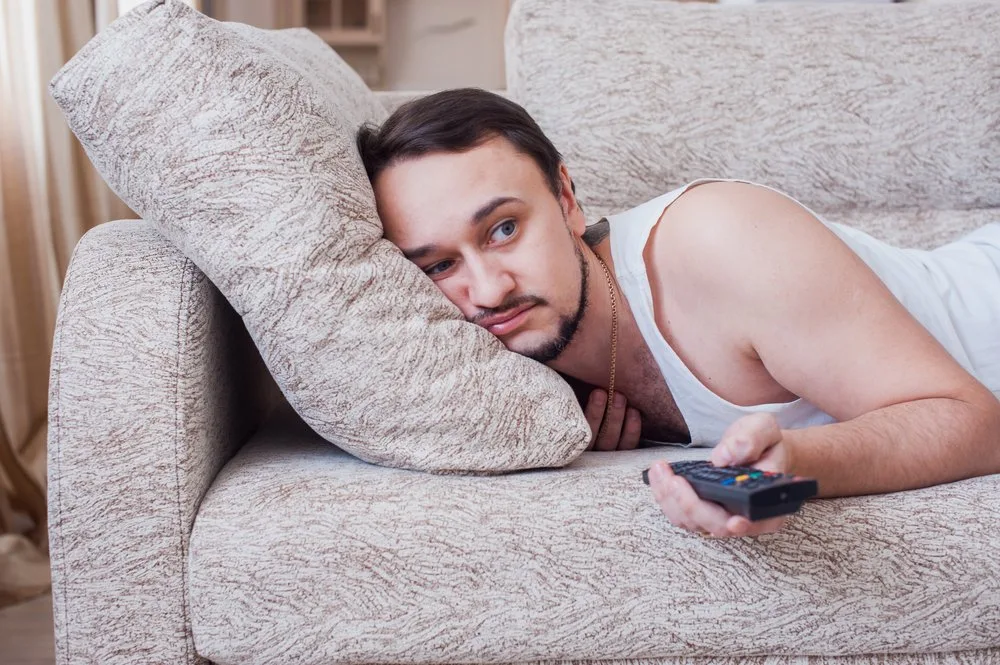Exercise is good for the body, brain, and soul. This is why it’s so important for us to maintain a physically active lifestyle. Unfortunately, not everyone is making fitness a priority and this can result in negative health consequences. So, how many of us are living a sedentary lifestyle? Well, according to a new report, at least a quarter of Americans need to get their fitness levels up.
25% of U.S. Adults Are Physically Inactive, Says CDC
The Centers for Disease Control and Prevention (CDC) had a state-based telephone survey, asking participants if they did any physical activity outside their regular job in the past month, such as running, golfing, gardening, or walking.
According to the published results, the national prevalence of physical inactivity was 25.3%. The highest inactivity rate was found in Puerto Rico, and the lowest was linked back to Colorado.
The survey also revealed that:
- The U.S. South had a 27.5% rate of physical inactivity. This was followed by the Midwest at 25.2%, the Northeast at 24.7%, and the West at 21%.
- Non-Hispanic Asian adults had a 20% prevalence of physical inactivity. Non-Hispanic whites, on the other hand, were at 23%, non-Hispanic Blacks at 30%, and Hispanic adults were at 32%.
Surprisingly, the survey also found that the levels of nationwide inactivity was at its lowest (22.7%) in 2020. This may be because the number of people who exercise one to two times per week significantly increased during the coronavirus pandemic.
Sitting on your butt is harming your health
Not getting enough exercise is one of the worst things you can do for your health. The CDC warns that lack of exercise can increase your risk for heart disease, type 2 diabetes, obesity, and cancer.
According to the CDC, getting enough physical activity could prevent 1 in 10 premature deaths. Regular exercise can also prevent 1 in 8 cases of breast cancer, 1 in 8 cases of colorectal cancer, 1 in 12 cases of diabetes, and 1 in 15 cases of heart disease.
Barriers to fitness
“Reducing physical inactivity requires a comprehensive effort from many groups—including states, communities, worksites, and individuals—to make it easier for everyone to move more,” The CDC.
lzf/shutterstock
It’s all well and good to promote the importance of exercise. Yet, for some communities, it’s not that easy to start working out. As such, the CDC believes in a coordinated plan from different groups in an effort to make people more active.
For instance, they recommend that community leaders encourage school and youth physical activity programs, educate, and support families and individuals to be more active.
Additionally, the CDC points out the importance of acknowledging the issues behind racial and ethnic disparities in physical inactivity ratings. According to them, the issues could include:
- Lack of safe spaces for physical activity such as parks
- Unsafe streets with high-speed traffic and no sidewalks
- Lack of time and social support
The fact is that everyone has a role to play when it comes to getting people more active. Therefore, we need to do our part to ensure that we become a healthy and fit society.
References
- https://www.cdc.gov/physicalactivity/data/inactivity-prevalence-maps/index.html
- https://runrepeat.com/exercise-covid-19-study




